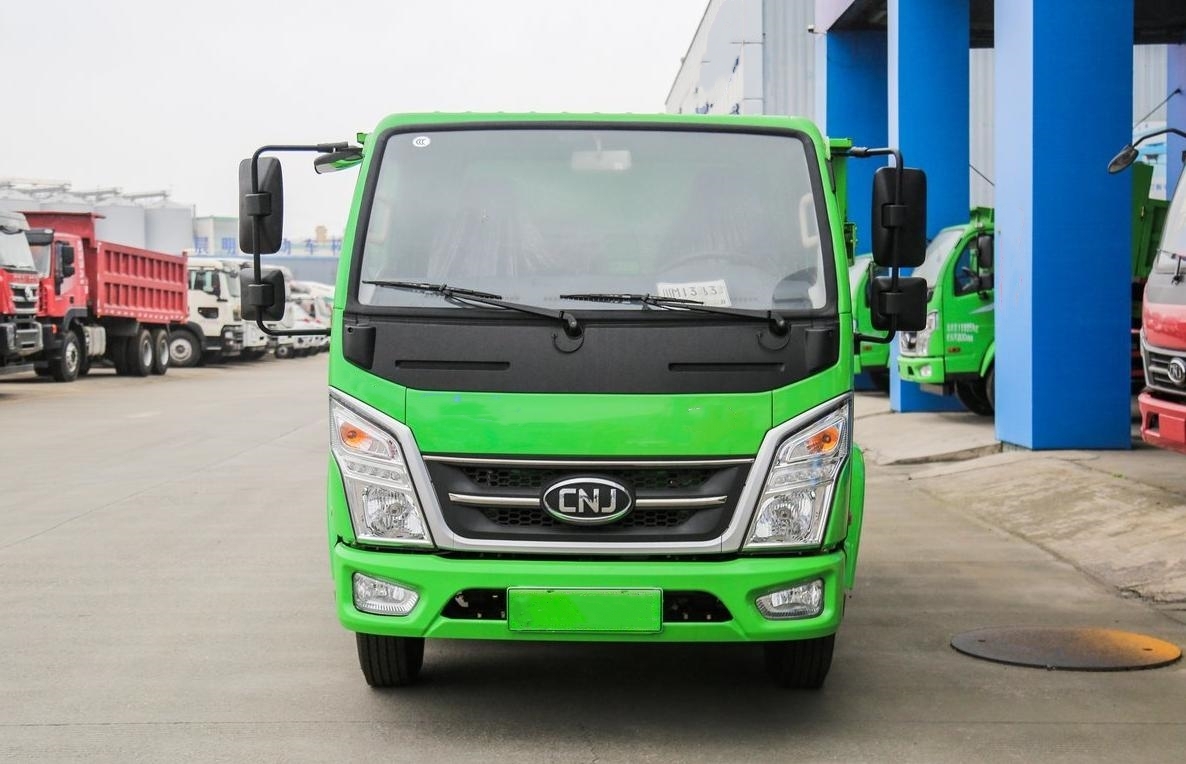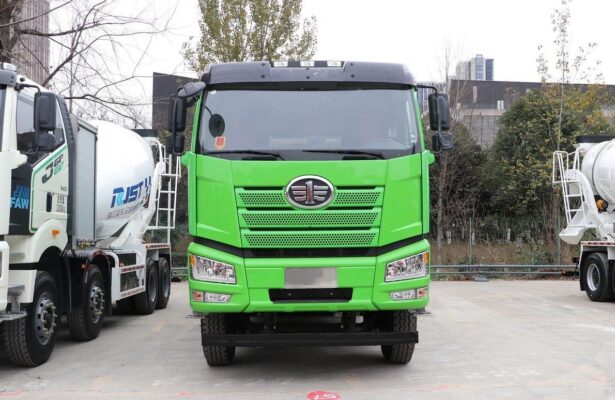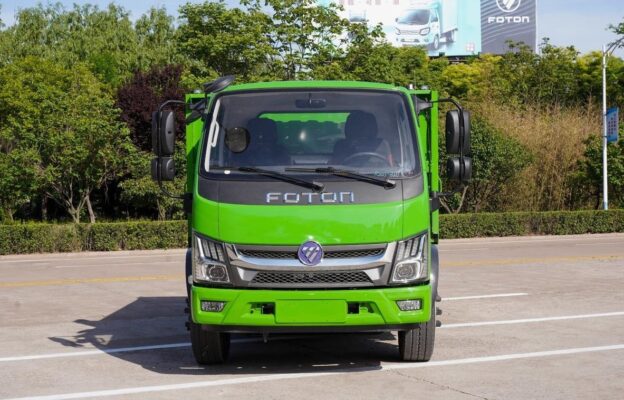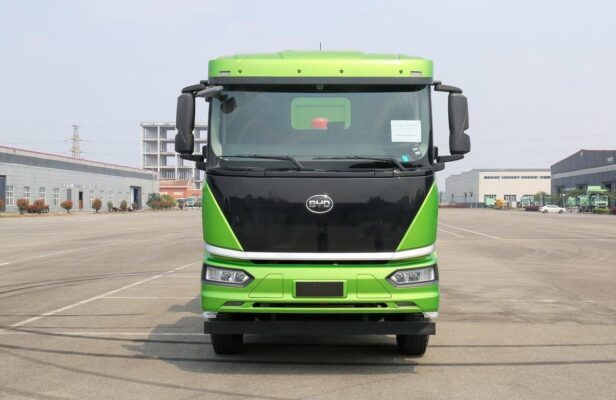Знания об электрогрузовиках
Why Do Electric Vehicles Consume So Much Power?
Электромобильс (электромобили) have become a cornerstone of the global movement towards cleaner and more sustainable transportation. Однако, a common concern with электромобильs is their power consumption, which often seems relatively high compared to traditional internal combustion engine vehicles. Understanding why EVs consume so much energy is crucial for both consumers and manufacturers as they look for ways to improve the efficiency and sustainability of these vehicles. There are several key factors contributing to the higher energy consumption of электромобильс, ranging from battery limitations to design considerations.
1. Limited Battery Capacity
One of the main reasons электромобильs consume a significant amount of energy is that their battery capacity is inherently limited. In comparison to the vast energy reserves of gasoline or diesel, which are much denser forms of fuel, electric batteries simply cannot store as much energy within the same physical space. This is primarily because the energy density of batteries, especially lithium-ion batteries (which are the most commonly used in EVs), is much lower than that of fossil fuels.
In practical terms, this means that the total driving range of an электромобиль on a single charge is much shorter than that of a gasoline vehicle with a full tank of fuel. As a result, drivers often need to charge their vehicles more frequently, which leads to higher overall energy consumption. Более того, the capacity of the battery also limits the total power output that can be sustained over long distances, requiring the vehicle to rely on frequent recharging, especially during long trips.
2. Battery Energy Loss During Charge and Discharge Cycles
Another key reason for the higher power consumption of электромобильs is energy loss during both charging and discharging cycles of the battery. No battery is 100% эффективный. During the charging process, some energy is inevitably lost as heat, and during discharging, not all the energy stored in the battery can be converted into useful work. This inefficiency is inherent to the chemical processes that occur within the battery.
The energy loss can vary depending on the type of battery, the quality of the charging infrastructure, and the ambient temperature, but it is always a factor. Например, while lithium-ion batteries are relatively efficient compared to other types of rechargeable batteries, they still experience losses that can add up over time, especially if the vehicle is frequently charged or discharged at high rates (e.g., fast charging or during rapid acceleration). These losses can result in an increase in the total energy consumption for the same amount of distance traveled.
3. Electric Motor Efficiency
Электромобильs rely on electric motors to drive the wheels. While electric motors are generally more efficient than internal combustion engines (ICEs), they still experience some degree of inefficiency, which contributes to higher energy consumption. The efficiency of an electric motor is typically defined by how much of the electrical energy input is converted into mechanical energy, and how little is lost as waste heat.
There are several factors that contribute to the inefficiency of electric motors in vehicles. First, the quality and design of the motor itself play a significant role. While modern motors are generally well-engineered, there are still losses due to factors such as resistance in electrical conductors and friction in moving parts. Кроме того, the power demands of the vehicle — such as driving at higher speeds or accelerating quickly — can cause the motor to work harder, which often leads to greater inefficiency.
In high-load scenarios, the motor may not be able to convert electrical energy into mechanical motion as efficiently as during light-load or steady-speed operation. This results in an increased rate of energy consumption, as more power is needed to maintain the same level of performance under challenging driving conditions.
4. Weight of the Vehicle
Another significant factor in the energy consumption of электромобильs is their weight. In general, электромобильs tend to be heavier than their gasoline counterparts. This is primarily due to the weight of the battery pack, which is the largest single component in an EV. The larger the battery capacity required to increase driving range, the heavier the vehicle becomes.
The weight of the vehicle directly impacts its energy consumption because it requires more energy to move a heavier vehicle. More power is needed to overcome inertia when the vehicle accelerates, and more braking energy must be dissipated when slowing down. Кроме того, the added weight of the vehicle also increases rolling resistance, which is the resistance that occurs when the tires roll on the road. This increased resistance means that the vehicle has to use more energy to maintain its speed.
Более того, electric vehicles are often designed to have a relatively low center of gravity to improve handling, which means that the battery is typically mounted in the floor of the vehicle. While this improves stability, it also adds to the overall weight of the car.
5. Aerodynamic Drag and Rolling Resistance
Another factor contributing to the higher energy consumption of electric vehicles is the combined effect of aerodynamic drag and rolling resistance. Aerodynamic drag is the resistance that a vehicle experiences as it moves through the air. Электромобили, like any other vehicle, face air resistance when driving at high speeds, and this resistance increases with speed. As a result, the faster an electric vehicle drives, the more energy it needs to overcome this aerodynamic drag.
Electric vehicles are generally designed to be more aerodynamic than traditional vehicles, but the presence of factors like larger battery packs, wider wheels, and higher vehicle weight can still increase the amount of drag. In addition to aerodynamic drag, rolling resistance — which is the resistance of the tires as they roll on the road — also contributes to the energy consumption. This is why some electric vehicle manufacturers invest heavily in low-resistance tires to help mitigate these effects and improve efficiency.
6. Environmental Temperature Impact on Battery Performance
Temperature has a significant effect on the performance of electric vehicle batteries. Extreme temperatures, whether hot or cold, can lead to reduced battery efficiency and higher energy consumption. In cold weather, the chemical reactions inside the battery slow down, which leads to a reduced ability to discharge the stored energy. This means that electric vehicles in colder climates tend to have a shorter driving range and consume more energy to maintain performance.
Conversely, in hot weather, batteries can overheat, which not only reduces efficiency but can also cause damage to the battery over time. This means that in hot climates, air conditioning and cooling systems may need to be used more frequently to maintain battery health and prevent overheating, which can increase overall energy consumption.
Кроме того, when the temperature drops significantly, the internal resistance of the battery increases, making it harder for the battery to discharge power. This results in the need for more frequent recharging and contributes to higher overall energy consumption in colder climates. Manufacturers have been working on improving battery chemistry and insulation to mitigate these temperature effects, but they remain a significant challenge.
7. Driving Behavior and Road Conditions
The driving habits of the person behind the wheel can also impact the power consumption of an electric vehicle. Sudden acceleration, rapid deceleration, and frequent changes in speed all lead to higher energy consumption. EVs are more efficient when driven at steady speeds, but when the vehicle is constantly accelerating and braking, the energy usage increases dramatically.
Более того, road conditions play a critical role in the efficiency of electric vehicles. Steep hills or mountainous terrain require more energy for climbing, and driving on poorly maintained roads with a lot of bumps and potholes can increase rolling resistance, leading to higher power consumption. In contrast, driving on smooth, flat roads allows the vehicle to achieve better efficiency.
8. Efforts to Improve Efficiency
To address these challenges, manufacturers are focusing on a few key areas of development. Во-первых, improvements in battery technology are aimed at increasing energy density, which could allow for longer ranges and less frequent charging without significantly increasing the weight of the vehicle. Более того, new chemistries such as solid-state batteries are being researched, which promise to offer higher energy densities and lower levels of energy loss.
Secondly, electric motor technology continues to improve. Researchers are working on more efficient motor designs, as well as better power electronics to reduce energy losses during motor operation. Advanced materials such as graphene are also being considered for improving motor performance and reducing heat generation.
Thirdly, manufacturers are exploring ways to reduce the overall weight of electric vehicles. Lighter materials, such as carbon fiber and aluminum, are increasingly being used in vehicle construction to offset the heavy weight of the battery. This could help improve the overall energy efficiency of electric vehicles and reduce their energy consumption.
Lastly, optimizing aerodynamics and reducing rolling resistance are ongoing areas of focus. Many modern EVs already feature sleek designs and low-resistance tires, but continued innovations in these areas could further reduce energy consumption at higher speeds.
Заключение
В заключение, the high energy consumption of electric vehicles is the result of multiple factors, including the limited energy density of batteries, inefficiencies in electric motor operation, the vehicle’s weight, environmental temperature effects, and driving conditions. While electric vehicles are inherently more energy-efficient than conventional gasoline vehicles in some respects, they are still subject to technological challenges that need to be addressed. Однако, with ongoing improvements in battery technology, motor efficiency, vehicle design, and infrastructure, we can expect electric vehicles to become more energy-efficient and sustainable over time, making them a viable and practical choice for the future of transportation.





